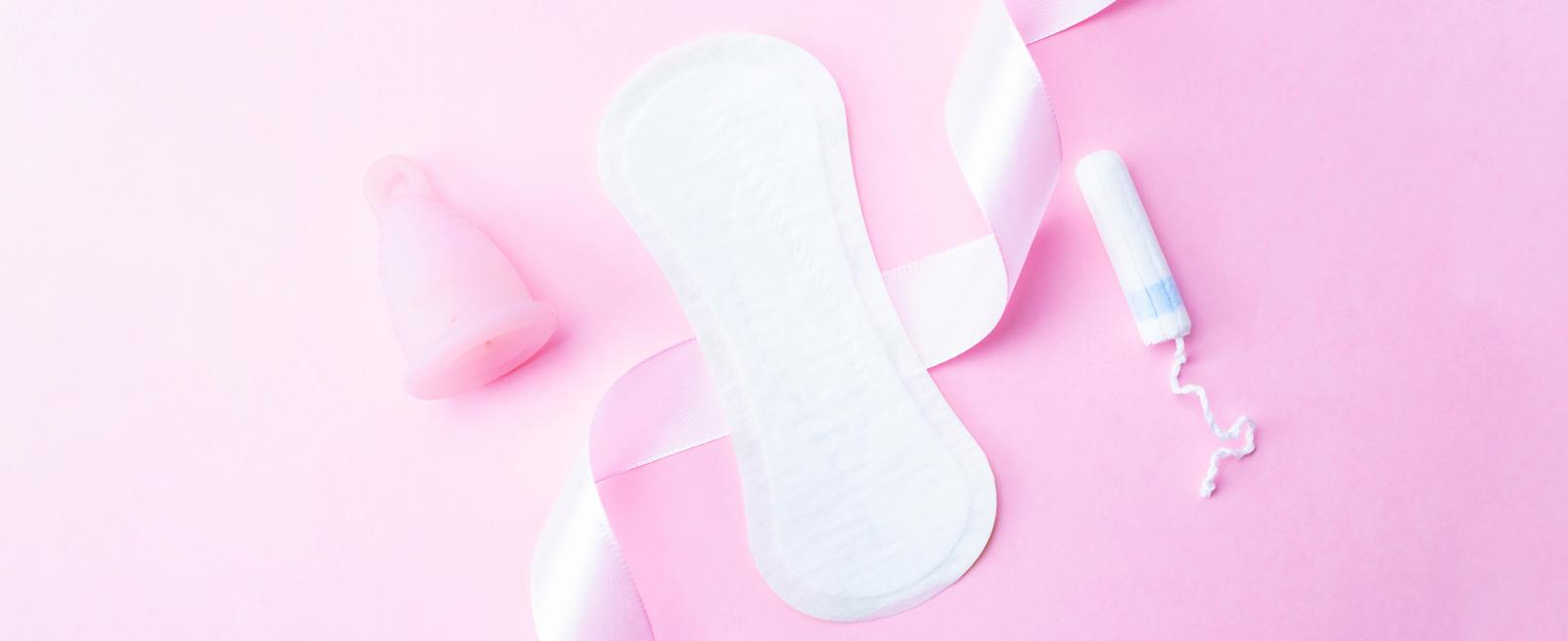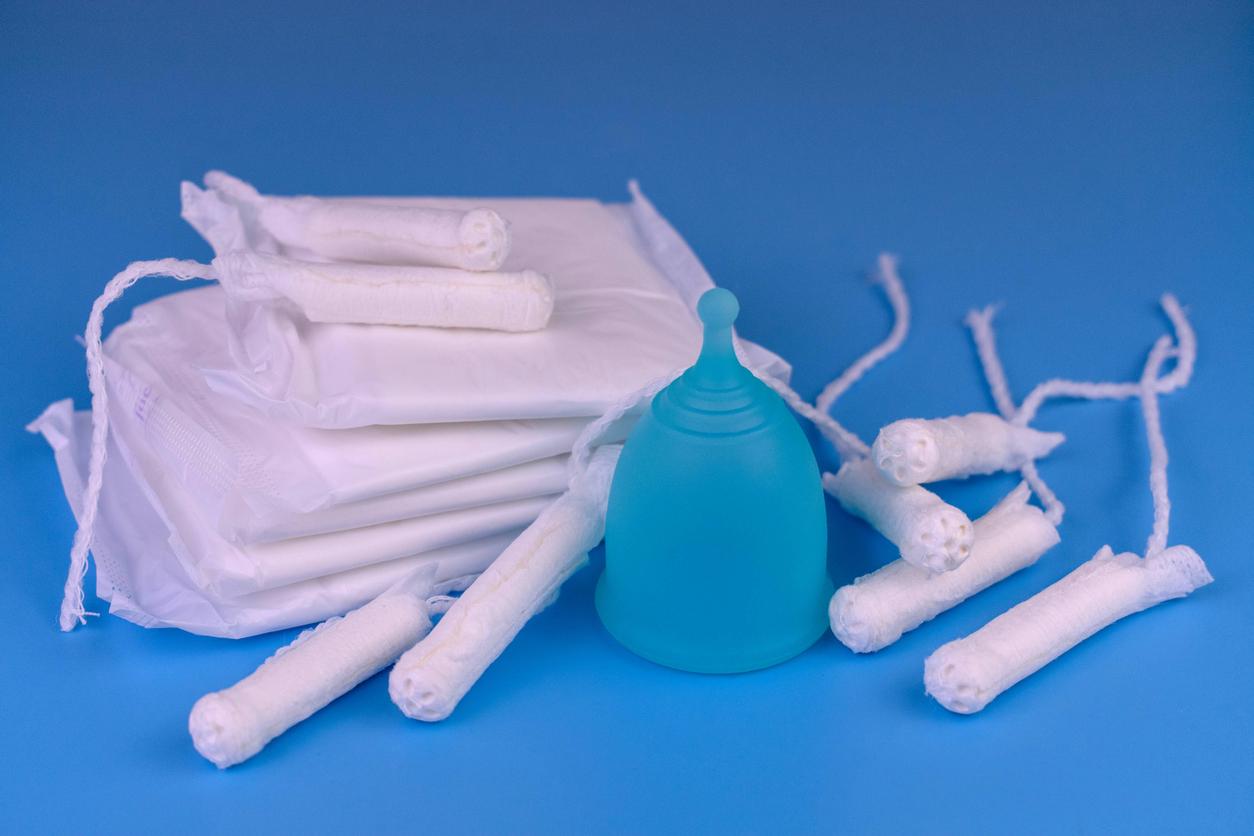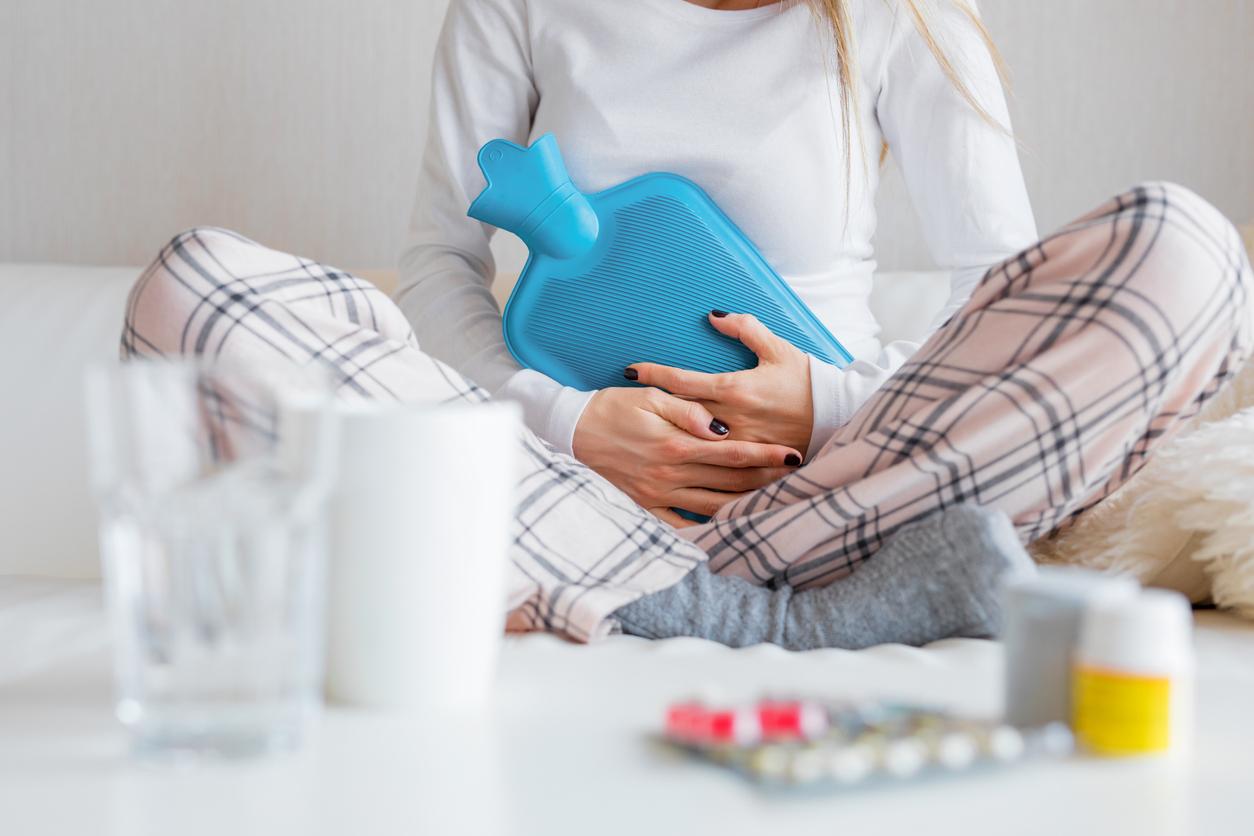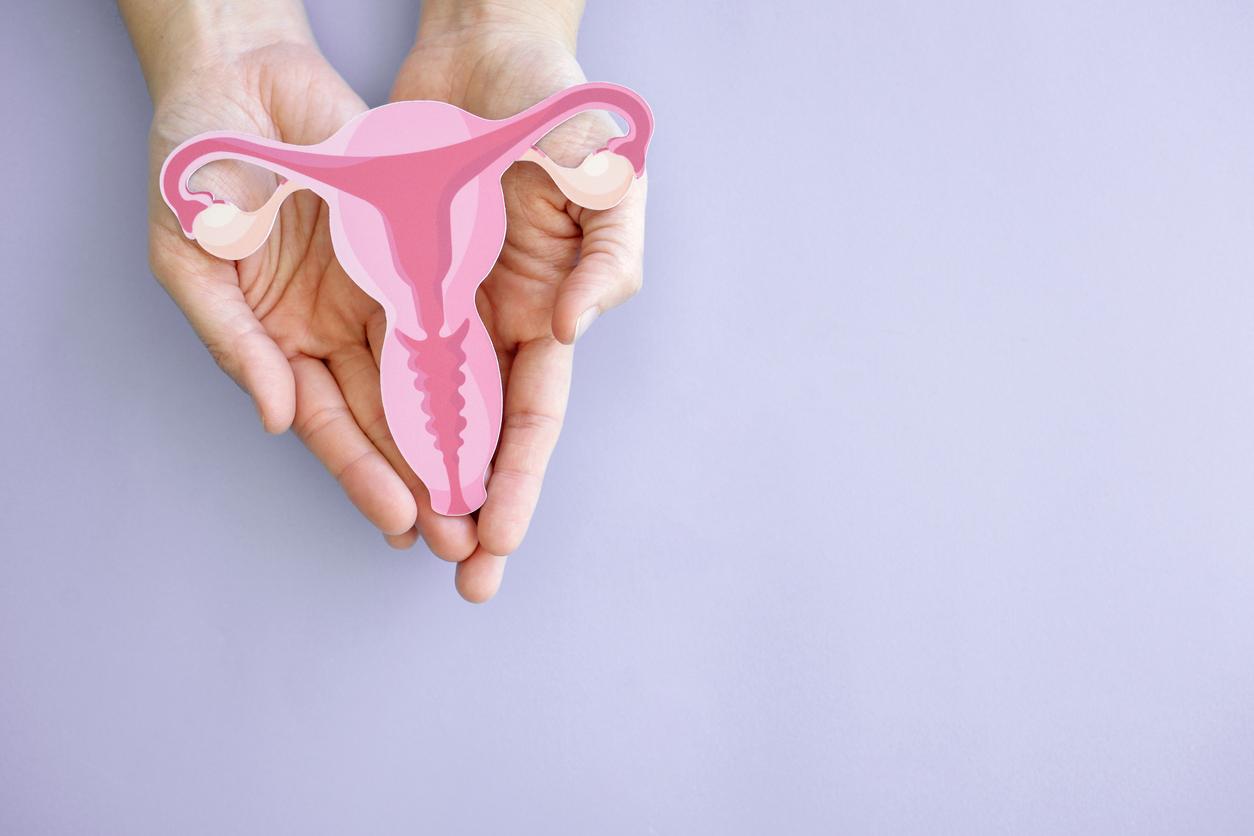The magazine 60 million consumers reveals that it has once again detected contaminants in several products, even labeled or organic.
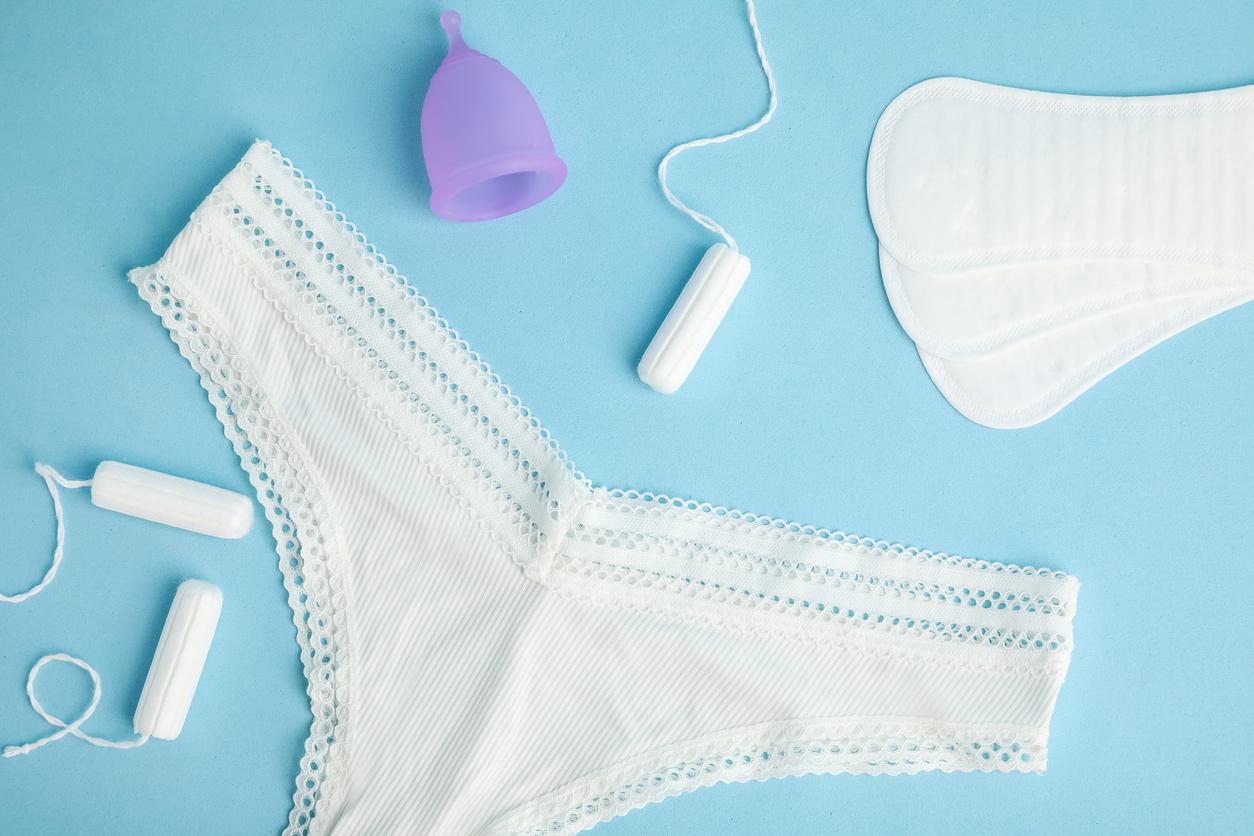
- Nearly ten contaminants, presenting the proven or suspected risk of being carcinogenic, mutagenic, reprotoxic or endocrine disruptors, have been detected in hygienic protection.
- Labeled or organic products also contained traces of toxic substances.
- Tampons, which are most in contact with the mucous membranes, are “the category of hygienic protection where contaminants are most often found”.
Tampon, menstrual cup, sanitary napkins, washable panties… There are several ways to protect yourself when you have your period. In recent years, several tests have highlighted the presence of chemical substances in hygienic protection. “but without exceeding health thresholds”, noted health insurance.
Glyphosate, phthalates: nearly ten contaminants found in hygienic protection
In its October edition, the magazine 60 million consumers wanted to know if the composition of single-use pads, tampons and panty liners was now better. To do this, they screened 24 marketed product references. In detail, they looked for nine contaminants presenting the proven or suspected risk of being carcinogenic, mutagenic, reprotoxic or endocrine disruptors. These are glyphosate and its residue Ampa, dioxins, absorbable halogenated organic compounds (AOX), allergens, phthalates, triclosan, heavy metals, formaldehydes and silver.
Nearly ten toxic substances have still been identified in the hygienic protections tested. According to the results, products in which glyphosate or its residue, Ampa, has been detected appear as organic cotton, with or without a label. Some of the labeled products also carried traces of contaminants, more precisely AOX, glyphosate dioxins or Ampa. “Tampons are the category of hygienic protection where contaminants are most often found: we have 4 out of 9 products with traces of dioxin or glyphosate derivative”, reported, to FranceInfoAdélaïde Robert, head of the health and cosmetics section of the magazine.
“Ask manufacturers to aim for the absence of residues” because “these products are in contact with the mucous membranes”
The Medicines Agency (ANSES) considers, based on current knowledge, that the levels of contaminants detected do not present a major risk to health. However, knowledge is “very incomplete when it comes to exposure through the mucous membranes and the thresholds above which there is an endocrine disrupting effect.” “Given the fact that these products are in contact with the mucous membranes, it seems reasonable to ask manufacturers to aim for the absence of residues,” said Adelaide Robert.
In addition to the presence of toxic substances, the test also revealed performance gaps between the different hygienic protections. Regarding absorption, the pads and panty liners tested had capacities ranging from 3.5 ml to 24 ml, showing a wide disparity in effectiveness. On the other hand, the buffers presented more homogeneous performance and consistent with the announced flow. “But on the side of potential toxicity, there is still progress to be made,” concluded the magazine 60 million consumers.










